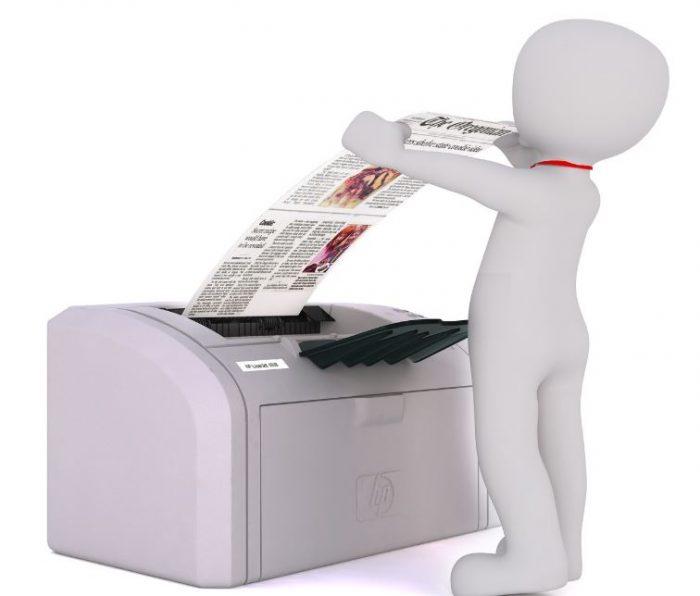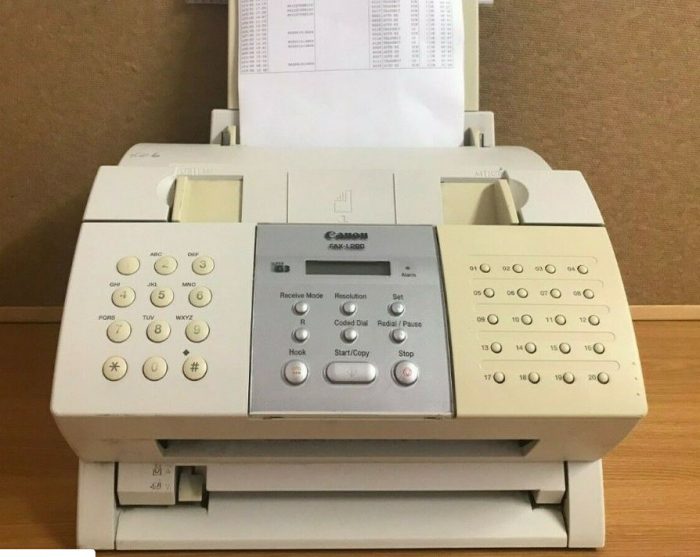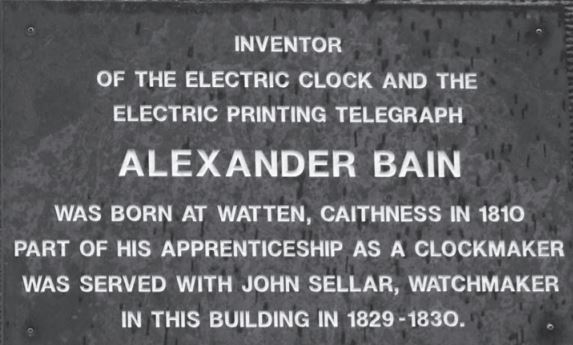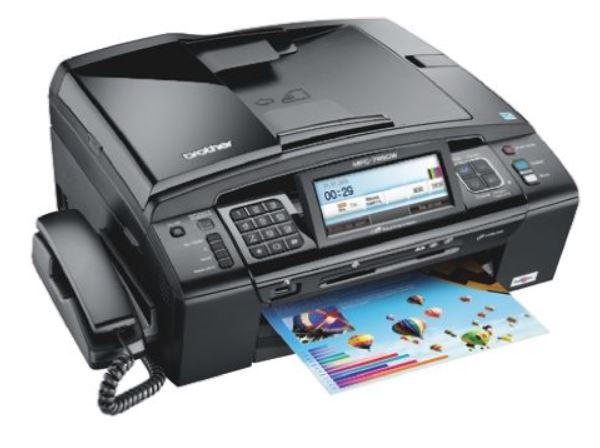In today's digital era, the majority of our world and work is online. I, until recently, hadn't used a paper document in my line of work. Sure, we print things off from time to time, but I don't fill in a form or anything like that. Now w'eve adopted new systems, applications and processes to replace them, that make use of the new technologies available. However, there are still certain types of pre-digital age equipment that still pop up from time to time.
One of those you may be surprised to learn is still widely used are fax services. You will find these machines in offices of all sizes – even the big corporations – where fax machines are still, somehow, a vital communication tool.
Whether you send faxes via machine or digitally, this method of communication has certainly proven invaluable in the world of business over the years. Whilst many have transitioned to scanning and emailing, some businesses still use old-fashioned fax machines week in, week out.
Fascinating facts about faxes
You may think there is little you don't already know about faxing and fax machines, but this tried and tested means of communication has a very interesting past. Some interesting things you probably didn't know about the fax include:
It predates the telephone!
Most people now use digital solutions for communication, and this comes as no surprise considering we live in a digital world. Even those who do'nt automatically think of computers and smartphones will often think of the landline, which has been around for decades. Well, one thing that many people are unaware of is that the fax machine actually predates the telephone.
In 1843, an inventor patented a design that allowed an electronic telegraph to send images through the use of wires. It was more than 30 years later when Alexander Bell, inventor of the telephone, obtained a patent for his invention.
In fact, so far ahead of their time were faxes, that they started to be used commercially around a decade or so before telephones.
Fax used similar technology to an earlier invention
The design for the fax was patented in 1843 and its inventor was a Scottish mechanic called Alexander Bain. He received his British patent despite the fact that the design was very similar to an earlier invention by someone else. The patent received by Bain was for: "improvements in producing and regulating electric currents and improvements in timepieces and in electric printing and signal telegraphs".
A few years before this patent was granted, another inventor, Samuel Morse, invented the telegraph machine, which used Morse code to transmit messages. While the fax machine was not based on the exact technology of Morse's invention, it was based on an evolved version of the technology. The fax machine became popular for commercial use in the 1860s, around a decade or so before the telephone became used commercially.
Fax machines are still crucial to businesses
Over the past couple of decades, an ever greater number of processes have become digitalized. We now send emails rather than letters, we contact friendson social media rather than calling them, and we conduct everything from shopping to entertainment, online. Likewise, in the world of business, many now scan and send signed and urgent documents over to others, securely and conveniently.
This technology is still popular in Japan
A lot of people may believe that fax machines are no longer relevant or necessary. However, online searches for active fax numbers have been carried out and have blown this theory out of the water. The searches have revealed tend of millions of results in Russian, hundreds of millions of English results, and hundreds of millions of results in Japan.
In fact, the use of fax machines in Japanese organisations is still considered routine, so you will find that most small and larger businesses have at least one fax machine. In addition, many individuals in Japan also use faxes, which bumps up the numbers even further.
You can send colour images
Many of those who have used fax machines over the years will have simply sent documents or received documents in black and white. This could sometimes create an issue in terms of reading the content on the document or seeing the image, as it could be quite grainy at times. Well, over the years, technology with fax machines has evolved just as it has with most other types of equipment.
With modern fax machines, you are no longer limited to sending black and white documents and images, as you can also send in colour if you wish to do so. Colour faxes use JPEG format to transmit colour faxes while machines that send faxes in black and white transmit in TIFF format.
Modern machines offer multiple uses
Since its invention all those decades ago, the fax machine has evolved and become far more technologically advanced. These advancements have helped to make it even more valuable in the world of business, as modern machines now offer an excellent range of capabilities.
You can get fax machines that are something of a 'jack of all trades' in terms of their design. Rather than simply sending and receiving faxes, they also work as printers, scanners, and copiers in addition to faxing. These units are often known as multifunctional printers (MFPs) or all in one units (AIOs). For many businesses and home workers, they represent far greater value for money that a standard fax machine and they also take up less space, as there are so many machines combined into one unit.
Fax machines offer greater security
When it comes to the world of business, security is often paramount. Businesses often deal with sensitive, personal, and confidential data. While we like to think that anything that is sent and received online is secure, this is not always the case. The level of cybercrime has rocketed over recent years, with many cybercriminals targeting businesses and taking confidential data from their systems.
Many businesses continue to use fax machines because they feel more confident about the security of confidential information if it is sent and received via fax. While it can take longer to physically send or wait for faxes to come through, some businesses prefer doing this with certain types of information rather than risking security breaches online.
The time it takes to send a fax has plummeted
While some people may consider sending and receiving faxes to be a slow method of communication, it is nowhere near as slow as it used to be. In the 1920s, it took around six minutes to send a single page via fax machine! Half a century or so later, in the 1970s, this has reduced to three minutes to send a single page – a definite improvement but still not ideal! Today, however, it takes only 1.7 seconds to send a single page by fax, which shows how far the technology has come.
The cost of buying a machine has plunged
With most types of equipment and technology, the price starts out high but then drops to a more affordable price as time goes on. Well, the same goes for fax machines, and you can get a high-quality, high-performance machine for a lot less than a few decades ago. In fact, in 1982, a decent fax machine could cost you tens of thousands of pounds. These days, you can get a quality fax machine for less than £1000.
The Popularity of the Fax Continues
While there have been many advancements in other areas that have reduced the need for a fax machine, it seems that the popularity of this technology will continue for some time yet. Many business owners and employees still put more trust in the security of faxing, particularly given the high instances of cybercrime. In addition, faxes are reliable and much faster than they used to be in terms of transmitting documents.
On top of this, there is now far more choice when it comes to fax machine models and what they are capable of doing. The lower cost of these high-quality machines adds to their popularity amongst businesses. So, despite the rise of digital communication methods, it seems that the fax machine will still remain crucial to businesses for the foreseeable future.
The post Still using a fax machine? is original content from Coolsmartphone. If you see it on another news website, please let us know.







No comments:
Post a Comment